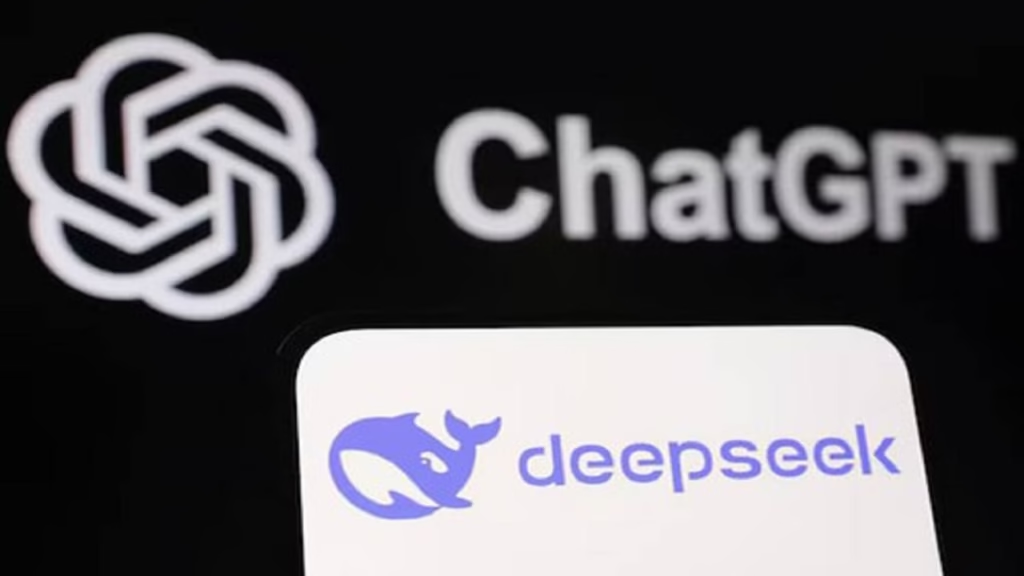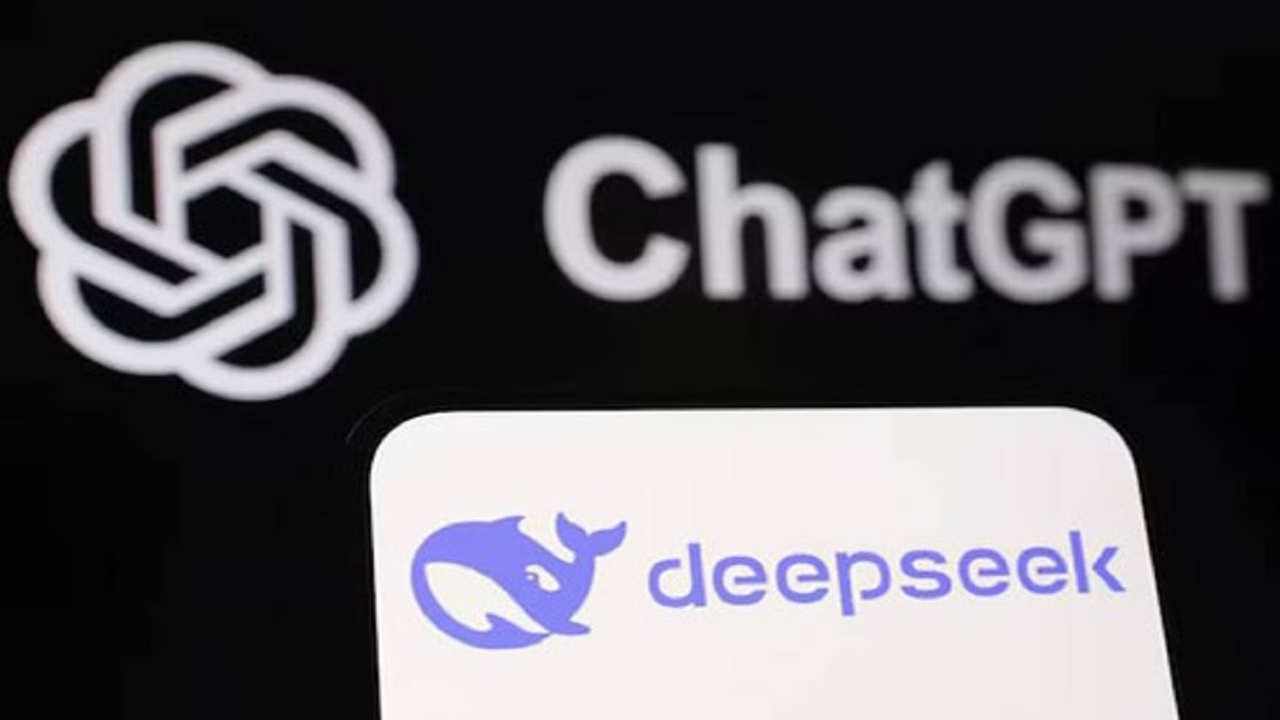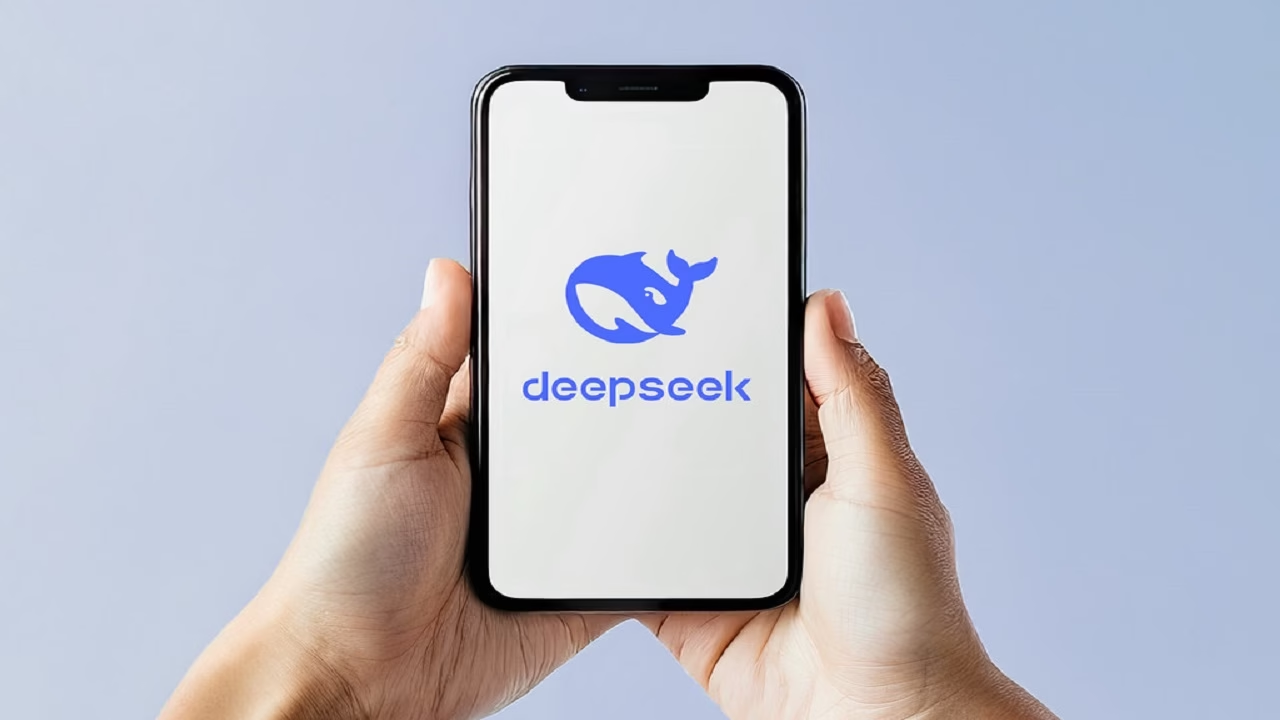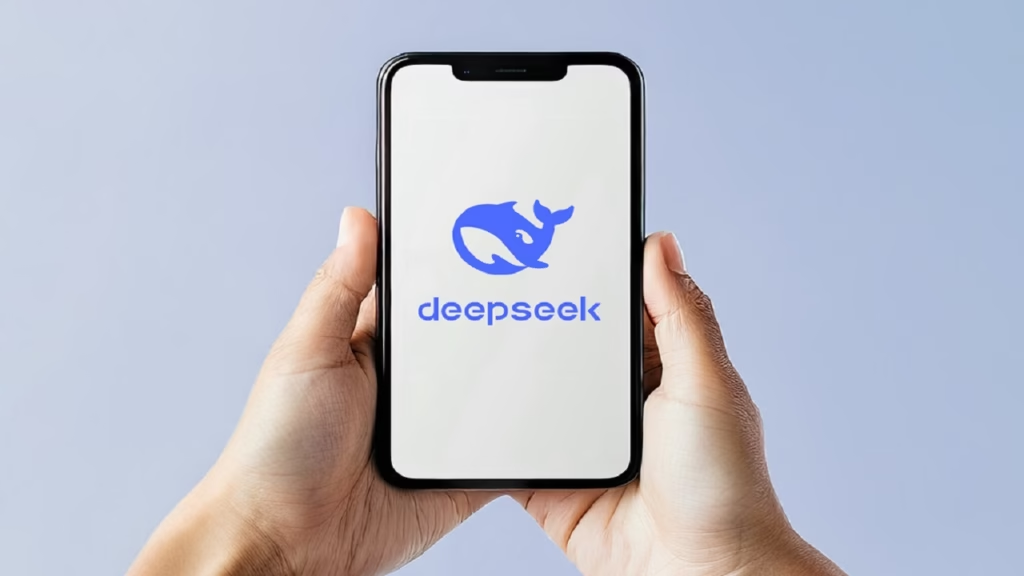
You can listen to the audio version of the article above.
DeepSeek, the AI company that’s been making waves, just dropped another bombshell. They’ve released a new language model called DeepSeek-R1 that’s been trained in a really unique way.
Instead of just feeding it tons of data like most AI models, they used a technique called reinforcement learning, where the model learns by trial and error, kind of like how humans learn through experience.
The result? DeepSeek-R1 is a super smart AI that can reason and solve problems like a champ. It’s so good, in fact, that it matches the performance of OpenAI’s latest model on some really tough challenges, like advanced math and coding problems.
What’s even more impressive is that DeepSeek-R1 was built on top of another model they recently released for free. This means they’ve essentially created a super-powered AI by fine-tuning an already powerful one.
They even used a clever trick called knowledge distillation, where they basically taught the smarts of DeepSeek-R1 to other, smaller AI models.
These smaller models ended up outperforming some of the biggest names in the AI world, like GPT-4, on math and coding tasks. Talk about overachievers!
DeepSeek’s approach is groundbreaking because it shows that AI can learn to reason without needing massive amounts of labeled data. It’s like teaching a kid to ride a bike without giving them explicit instructions. They just figure it out through practice and feedback.
Of course, it wasn’t all smooth sailing. DeepSeek’s initial attempts resulted in a model that was a bit rough around the edges.
It was super smart, but it had trouble expressing itself clearly and sometimes mixed up different languages. To fix this, they gave it a little bit of traditional training with carefully selected examples, kind of like giving the AI some extra tutoring.
The end result is DeepSeek-R1, a powerful and versatile AI that can tackle a wide range of tasks, from writing stories to answering questions to summarizing complex information. It’s also really good at understanding long texts, which is a major challenge for most AI models.
DeepSeek’s latest release is another testament to their ability to innovate and push the boundaries of AI. They’ve shown that it’s possible to create incredibly powerful AI models without breaking the bank, and they’re not afraid to share their knowledge with the world.
This is great news for the AI community and could lead to a new wave of innovation in the field.
Within a few days of its release, the LMArena announced that DeepSeek-R1 was ranked #3 overall in the arena and #1 in coding and math. It was also tied for #1 with o1 in “Hard Prompt with Style Control” category.
Django framework co-creator Simon Willison wrote about his experiments with one of the DeepSeek distilled Llama models on his blog:
Each response starts with a <think>…</think> pseudo-XML tag containing the chain of thought used to help generate the response. [Given the prompt] “a joke about a pelican and a walrus who run a tea room together”…It then thought for 20 paragraphs before outputting the joke!…[T]he joke is awful. But the process of getting there was such an interesting insight into how these new models work.
Andrew Ng’s newsletter The Batch wrote about DeepSeek-R1:
DeepSeek is rapidly emerging as a strong builder of open models. Not only are these models great performers, but their license permits use of their outputs for distillation, potentially pushing forward the state of the art for language models (and multimodal models) of all sizes.


